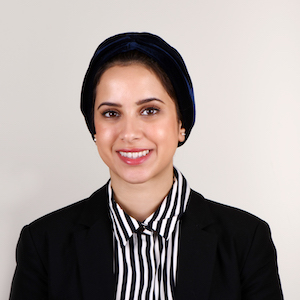
Dana M Mominkhan
 Dana M Mominkhan |
Mominkhan, Dana M1, Martin, Lynn2, Karabucak, Bekir1, Teles, Flavia2
1University of Pennsylvania School of Dental Medicine, Department of Endodontics
2University of Pennsylvania School of Dental Medicine, Department of Basic and Translational Sciences
The ultimate goal of endodontic treatment is to prevent or eliminate apical periodontitis. While it is typically pursued with chemical irrigation and mechanical instrumentation of the root canal system, these strategies are not always successful. Recently developed laser devices represent a promising approach to mitigate the limitations of current therapies. However, the efficacy of those new technologies need to be assessed in laboratory studies, prior to its use in a clinical setting. Aim: To evaluate the efficiency of new laser machine (EdgeLase, EdgeEndo®) in elimination of a well established in vitro single-species biofilm.
MethodsSound anterior teeth with single canal were included in this study. The teeth were prepared using Endosequence rotary file system until #60.04 (600 RPM, 2N) and Lightspeed Endodontics rotary file system #80 (2000 RPM, 2N) with copious irrigation using 3% NaOCl and 17% EDTA. Teeth were covered with a layer of nail polish and sent for sterilization. Three different models were tested: Model #A (Mominkhan’s model) 5 teeth, model #B (submerged in media model) 6 teeth, model #C (split and submerged in media model) 6 teeth. Biofilm model preparation: We selected and prepared E. faecalis (OG1RF) in 37°C with 5% CO2 to reach an OD around 0.8 which corresponds to a cell density of 10*9 at a wavelength of 600nm using spectrophotometer. The bacteria were serially diluted and an inoculum size of 10*5 of E. faecalis (OG1RF) was used in each model. Broth was replaced every 48 hours. In day 21, experiment was done, biofilm was harvested and analyzed using SEM imaging and culture. Experimental groups: For model #A, #B, and #C first group was negative control using phosphate buffered saline (PBS), second group was standard irrigation protocol. For model #A and #B the third group was standard irrigation protocol plus 30 seconds of laser activation, while for model #C the third group was laser activation alone using PBS.
ResultsFor both model #A and #B the third group showed more bacterial reduction with less CFU/ml on the plates and cleaner dentinal tubules in SEM images. For model #C the third group of laser alone showed almost similar results as the control group in both culture and SEM analysis.
ConclusionLaser application by activation of standard irrigation protocol increased the reduction of CFU of E. faecalis biofilm. On the other hand, laser application without the standard irrigation protocol didn’t reduce the CFU of E. faecalis.